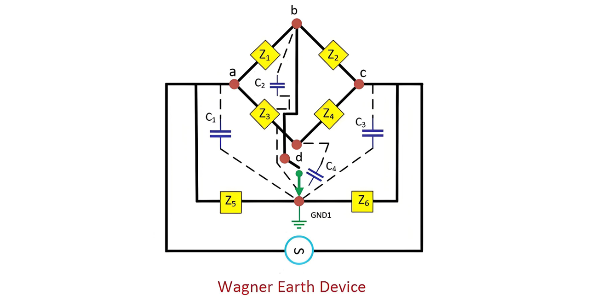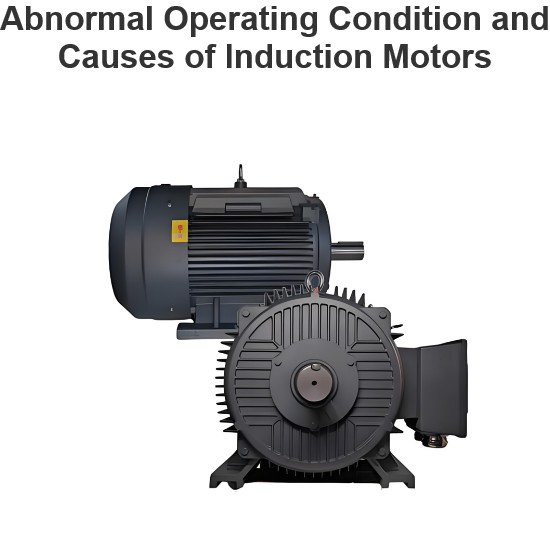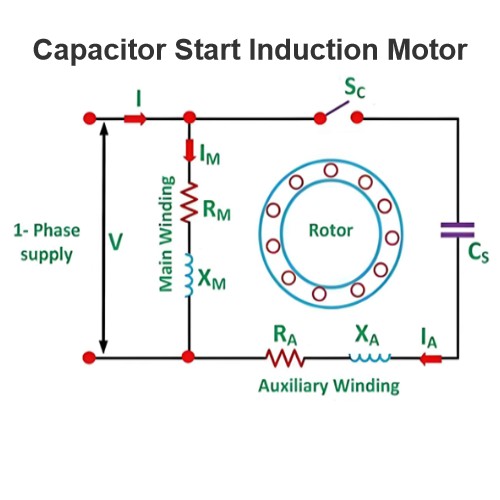Wagner Earthing Device
Wagner Earthing Device: Definition, Function, and Construction
Definition
The Wagner earthing device serves a crucial purpose in electrical bridges by eliminating the influence of earth capacitance. It is essentially a specialized voltage divider circuit designed to mitigate errors caused by stray capacitance, thereby significantly enhancing the measurement accuracy of the bridge.
In electrical bridge systems, achieving precise measurements is paramount. However, at high frequencies, stray capacitance becomes a significant issue. Stray capacitance can form between various bridge elements, between these elements and the ground, as well as between the different arms of the bridge. These unintended capacitive couplings introduce errors into the measurement process, compromising the reliability of the results.
One common approach to address this problem is to enclose the bridge elements within a shield. This shielding helps to contain and reduce the impact of external electromagnetic fields that contribute to stray capacitance. Another highly effective method is the use of the Wagner Earth device, which is strategically placed between the elements of the bridge to counteract the effects of stray capacitance.
Construction
The circuit diagram of the Wagner Earthing Device, as illustrated in the figure below, reveals its unique structure. In the context of an electrical bridge, let Z1, Z2, Z3, and Z4 represent the impedance arms of the bridge itself. The Wagner Earth Device incorporates two variable impedances, denoted as Z5 and Z6. A key feature of the device is that its center point is connected to the earth, providing a reference ground for its operation.
The impedances of the Wagner device's arms are carefully designed to be similar in nature to those of the bridge arms. Each arm of the Wagner device comprises a combination of resistance and capacitance components. This specific configuration allows the Wagner Earth device to interact with the bridge circuit in a way that effectively cancels out the effects of stray capacitance, enabling more accurate and reliable measurements to be obtained.

Operation and Functioning of the Wagner Earthing Device in a Bridge Circuit
The Wagner impedances Z5 and Z6 are strategically positioned within the electrical bridge circuit to facilitate the balancing of the bridge elements. Specifically, they work in tandem to ensure that the impedance pairs Z1 - Z3 and Z2 - Z4 are brought into equilibrium. In this setup, C1, C2, C3, and C4 represent the stray capacitances inherent to the bridge components, while D serves as the bridge detector, which is crucial for identifying when the bridge reaches a balanced state.
For the bridge to achieve a balanced condition, the impedances of arms Z1 and Z4 need to be carefully adjusted. However, the presence of stray capacitances often acts as a hindrance, preventing the bridge from attaining this balanced state. The operation of the circuit is influenced by the position of switch S. When S is not set to the 'e' position, the detector D is connected between points p and q. Conversely, when S is switched to 'e', the detector D is then linked between terminal b and the earth.
To nullify the effects of stray capacitances and achieve an accurate balance, the impedance values of Z4 and Z5 are methodically adjusted. This adjustment process is guided by monitoring the output of the detector, typically using headphones. The operator starts by connecting the headphones between points b and d and fine - tunes Z4 and Z5 to minimize the sound heard through the headphones. This iterative process of reconnecting the headphones between b and d and readjusting Z4 and Z5 is repeated until a silent state is achieved, indicating that the bridge has reached a balanced condition.
Once the bridge is successfully balanced, points b, d, and e attain the same electrical potential. At this stage, the detrimental effects of the stray capacitances C1, C2, C3, and C4 are effectively eliminated from the bridge circuit. Moreover, the Wagner impedances Z5 and Z6, having served their purpose of facilitating balance, are also effectively removed from the circuit's functional operation, allowing for highly accurate and reliable measurements to be obtained from the bridge.
The Electricity Encyclopedia is dedicated to accelerating the dissemination and application of electricity knowledge and adding impetus to the development and innovation of the electricity industry.













